Keratin Plugs And Sebum Plugs: What You Should Know!
Once you know what to look for, telling apart keratin plugs and sebum plugs is easy. Learn the difference and identify the right way to treat them.
On Dec 18, 2023 – 8 minutes read
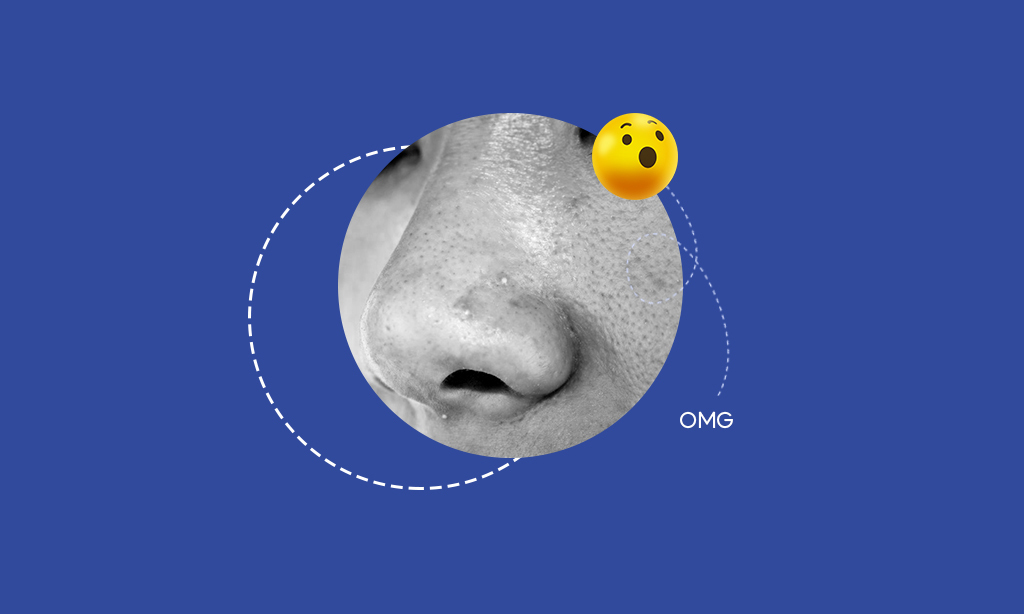
You must have come across all kinds of skin woes from keratin plugs and sebum plugs to blackheads, whiteheads, acne, and more. Although generalized into one single group, each is different with different characteristics and causes. Did you know that before? Well, it’s time for you to spot the differences. Keep scrolling!
What Do You Know About Keratin Plugs And Sebum Plugs?
Keratin plugs and sebum plugs are not the same. Let’s start with the basics.
What Is Keratin and What Is Sebum?
Keratin is a type of protein found in our hair, skin, and nails. Its chief function is to work together with other components in the body to bind cells together.
Sebum is the necessary yellow oil produced by the sebaceous glands(1) to lubricate or moisturize your hair and skin. These glands are everywhere on your body, just below the surface of your skin.

How Are Keratin And Sebum Plugs Formed?
When keratin clusters together with dead skin cells on the skin, it can block or surround your hair follicles. This is how keratin plugs form. They usually form in many hair follicles since keratin lines hair follicles, causing large patches of rough, bumpy skin. They are found more commonly in children and teenagers.
Sebum plugs are different. Just like too little sebum leads to dry skin (which is a problem), too much sebum leads to various forms of acne. Including sebum plugs, though they can’t be completely categorized as acne. Also known as sebaceous filaments, sebum plugs are collections of sebum. They guide and direct sebum to the surface of the skin.
This prevents sebum from reaching the surface and results in clogged pores that make small pores appear larger. Here, sebum is quite literally plugging your pores.
These plugs are essentially one of many types of clogged pores. Can you differentiate between keratin plugs and sebum plugs now?
Keratin Plugs VS Sebum Plugs
At first glance, you might mistake keratin plugs for sebum plugs as both are similar. But with a closer inspection, you will know that keratin plugs look like small pink or skin-colored pimples. Unlike sebum plugs, keratin plugs don’t have noticeable heads that pimples typically have. They are rough and bumpy to the touch due to their scaly plugs.
| Keratin Plug | Sebum Plug |
|---|---|
| Formed when keratin clogs hair follicles. | Formed as a result of excess sebum and dead skin cells clogging pores. |
| Forms on dry skin prone to friction | Forms in oily zones |
| Appearance: White, pink or the same color as your skin | Looks like acne. |
| Pus filled head with smooth surface. | Scaly plugs that feel like sandpaper |
| Commonly found on the nose, chin and forehead | Commonly found on the upper arms and thighs, cheeks, buttocks, and other areas |
What do keratin plugs look like?
People often compare the look and feel of keratin plugs to goosebumps or chicken skin that feels like sandpaper. Commonly found on the upper arms, upper thighs, cheeks, buttocks, and other areas, they tend to form in groups on specific parts of the body.
You can also find them where acne is present, but that may appear as rashes. The worst part is that keratin plugs may become itchy at times.

What does a sebum plug look like?
Coming to the other side, sebum plugs may look like tiny bumps under the surface of the skin or may stick out with noticeable heads filled with debris or pus. They don’t cause a scaly or rough appearance or feel like keratin plugs.
Instead, they feel almost skin-finding and smooth to the touch. They commonly form on the forehead, chin, and nose. But they can be found just anywhere on the body where glands and hair follicles are present, such as the upper arms, upper back, chest, and scalp.
Hopefully we have pushed out of the way your confusion between keratin plugs and sebum plugs. Now, you might confuse sebum glands for blackheads, too. The blackheads you scrub may not be blackheads at all. If you take a magnifying glass, you may notice that the black dots might be clear or slightly yellow.
In other words, sebum plugs. Confused yet? Keep reading to learn the difference between sebum plugs and blackheads. This may surprise you!
Sebum Plugs are Neither Blackheads nor Whiteheads
Sebum plugs block hair follicles. When it blocks partially, it’s known as blackheads (in “open” pores), also known as open comedones. As it is exposed to the surface, it oxidizes and darkens to black color —which keratin plugs don’t have.

However, when a sebum plug completely blocks a hair follicle, it’s known as whitehead. Here, the plug remains under the skin with just a white bump out in the open. In both cases, the root of the problem is the sebum plug. It is the foundation of blackheads and whiteheads. Hence you should focus on treating keratin plugs and sebum plugs before treating blackheads or whiteheads.
Keratin Plug Abscess
Before we get into the causes and treatment options, let’s clear one more important topic related to keratin plugs. An abscess is a collection of yellow pus that builds up within the tissue of the body. Everyone knows that. Keratin plug abscesses, which experts believe are the cause of hidradenitis suppurativa, happens when keratin plugs lead to follicle irritation and inflammation.

This further leads to the development of painful lumps called nodules, which progress to abscesses. These keratin plug abscesses damage the underlying skin tissue which leads the way to sinus tracts and scarring. One more reason to learn the root cause of keratin plugs to treat them right!
Causes of Keratin Plugs and Sebum Plugs
It’s not exactly clear why keratin plugs form or the causes of it. But they are believed to form due to the presence of a genetic component, irritation, or any underlying skin conditions such as eczema or atopic dermatitis.
Anyone can experience dottings of keratin bumps. But there are certain risk factors for them. You are at high risk of getting them if you are a person with dry skin, hay fever, asthma, eczema, atopic dermatitis, or you have a family history of keratosis pilaris(2).

The cause of sebum plugs is associate with overactive sebaceous glands. You simply have no control over the production of sebum.
Treatment For Keratin Plugs And Sebum Plugs
Now comes the frequently asked questions: how to get rid of keratin plugs and what will dissolve sebum plugs? From a dermatology standpoint, both keratin plugs and sebum plugs are more of a cosmetic nuisance and not a cause of concern. These specks of plugs are not exactly considered as alarming nor problematic that come with treatment plans.
They don’t require medical treatment either. But if they bother you, you can talk to your dermatologist about the removal options. A combination of topical options and lifestyle changes can bring changes in both cases and help you dissolve keratin plugs and sebum plugs.
Exfoliation
Dead skin cells are the real culprits. These plugs form when dead skin cells come into the picture. So you can solve that by getting rid of dead skin cells that may be trapped in the plugs by using gentle exfoliation. Even the fresh plugs under the skin in pores on the face. You can choose gentle acids —peels or topicals with glycolic, lactic, or salicylic acid(3).
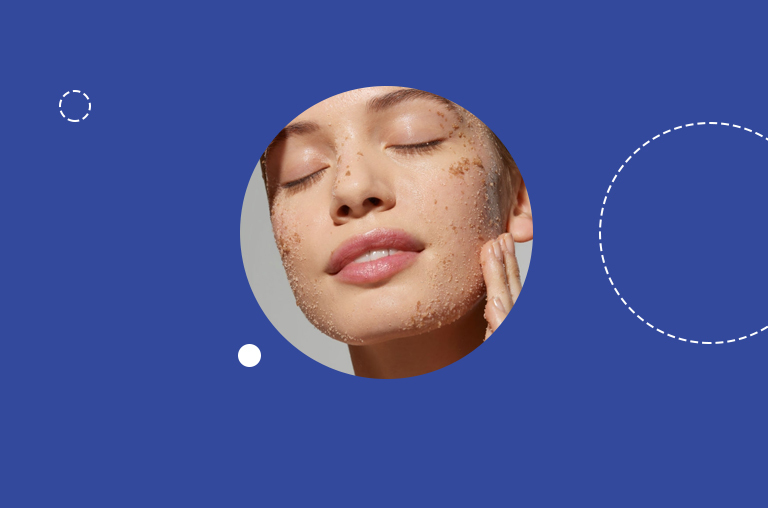
They work to dissolve dead skin cells by breaking apart lipid cell membranes and promote cell turnover. By regularly exfoliating, they can penetrate your pores and unclog the plug at its source.
For physical exfoliants, you can use soft facial brushes and washcloths. This is one way to get rid of keratin plugs and sebum plugs.
Topical Treatments
How to dissolve keratin plugs and sebum plugs using topical treatments? Topical retinoids (for more sensitive skin), tretinoin (for oily skin), glycolic, and salicylic acid ointments do the job. They help in increasing the turnover of skin cells and reducing the clumpy mixing of, be it keratin or sebum, dead skin cells that clog up pores.

Dermatologists normally recommend these for inflammatory and comedonal acne. Especially retinoids are derivatives of vitamin A. When it comes to non-prescription treatments, benzoyl peroxide helps kill bacteria that clog up pores. All of these help to break down the plugs, dissolve them, and eventually refill your pores healthily. Make sure that any topical products that you buy specify “noncomedogenic” or “non-acnegenic.”
Lifestyle Changes
You can get rid of keratin plugs and sebum plugs or prevent them from occurring by making changes in your lifestyle. Such as moisturizing your skin regularly, limiting bathing time, bathing or showering in lukewarm water, avoiding tight clothing, using a humidifier in dry weather, reducing hair removal sessions, and using a mild face cleanser.
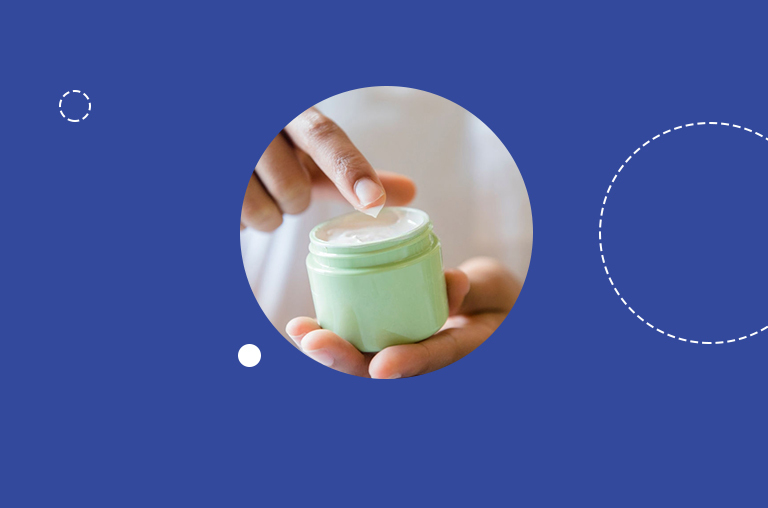
In addition to these, here are a few dos and don’ts you shouldn’t ignore:
- Don’t pick or squeeze the plugs.
- Don’t try any of the medical prescriptions (even the aforementioned ones) without consulting a dermatologist.
- Do exfoliate and moisturize your skin as mentioned above.
- Don’t use pore strips because they are only a temporary solution.
If none of this helps, your dermatologist may recommend stronger treatment options to dissolve the underlying plugs. But remember, the goal is to not get rid of keratin or sebum completely. Because as we have discussed, your body needs them.
Also, pulling out keratin plugs or sebum plugs with tweezers is not a solution. You will damage your skin over time. You should not remove them and aggressively yanking them out is also not a solution. Even if you do follow your sebum plug or keratin plug removal method, your skin will naturally replace them with new ones. So, the final option comes down to improving the appearance of keratin plugs and sebum plugs, which these treatments mentioned can do.

Subscribe to Newsletter
Elevate your routine, stay on trend, and embrace a personalized beauty journey with our curated insights.

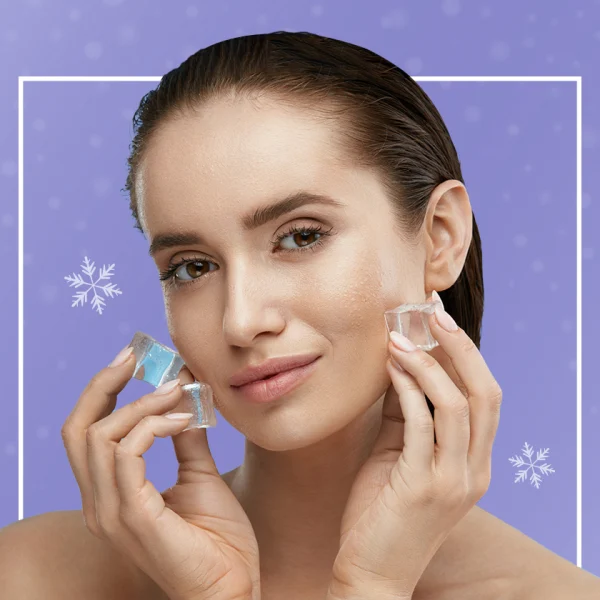
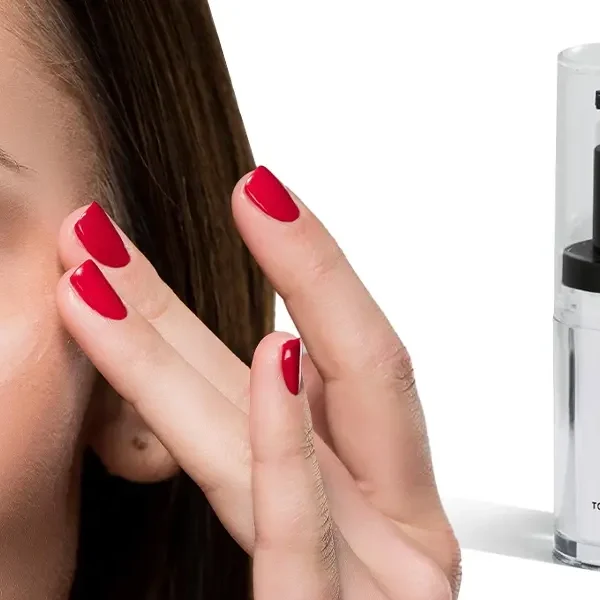

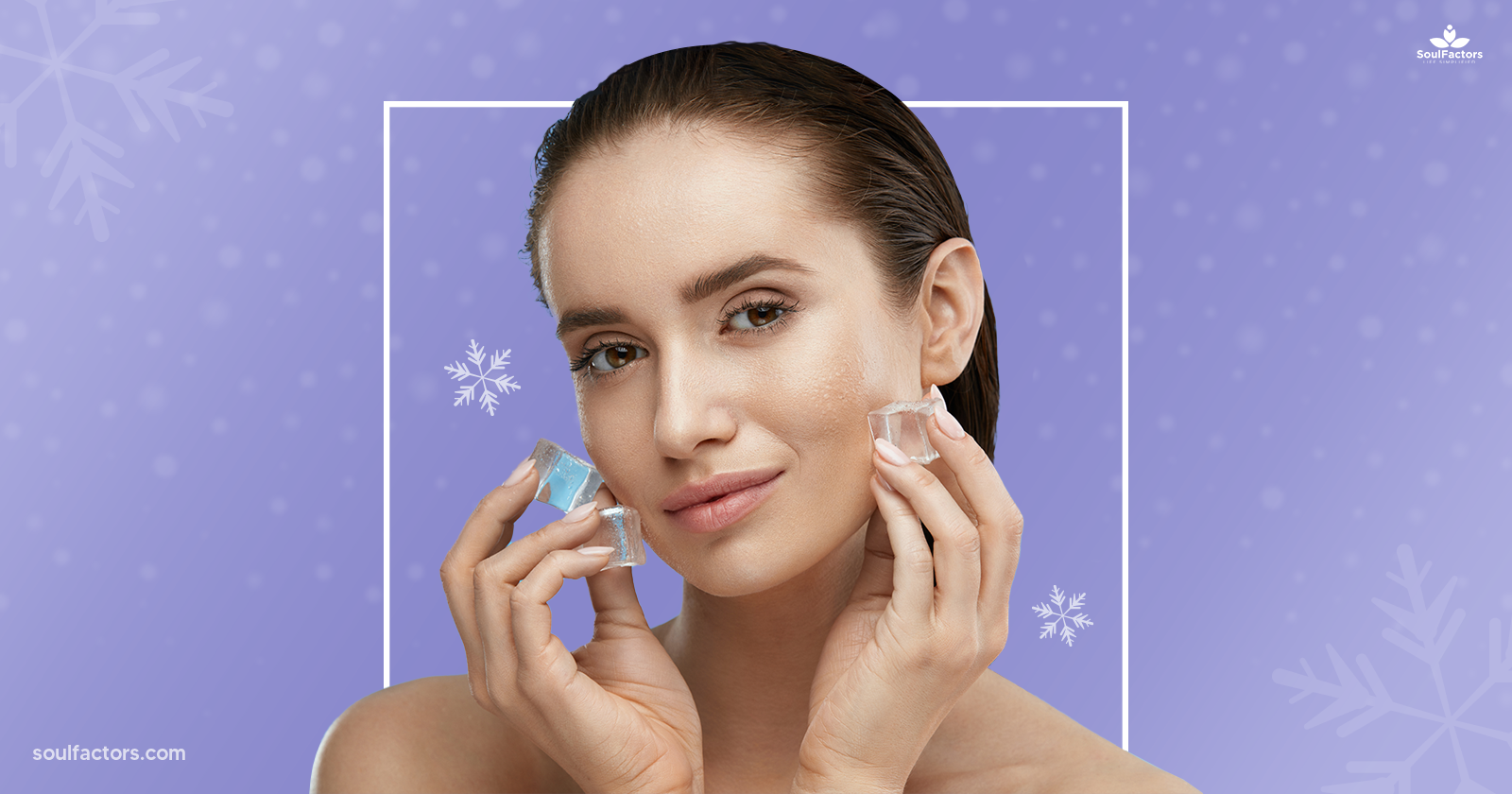
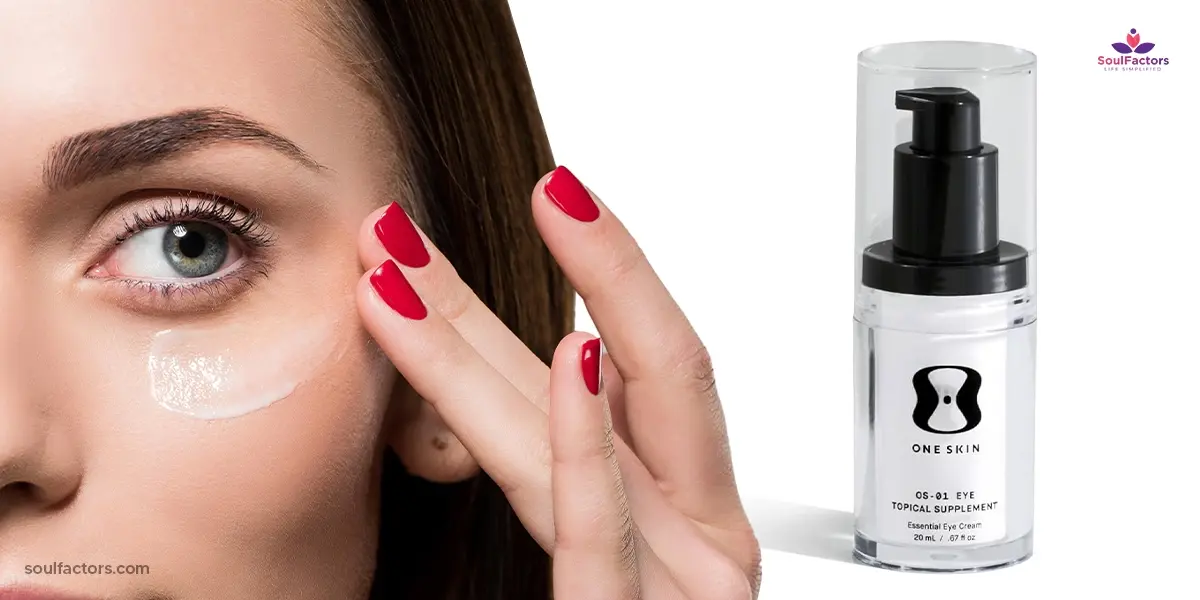
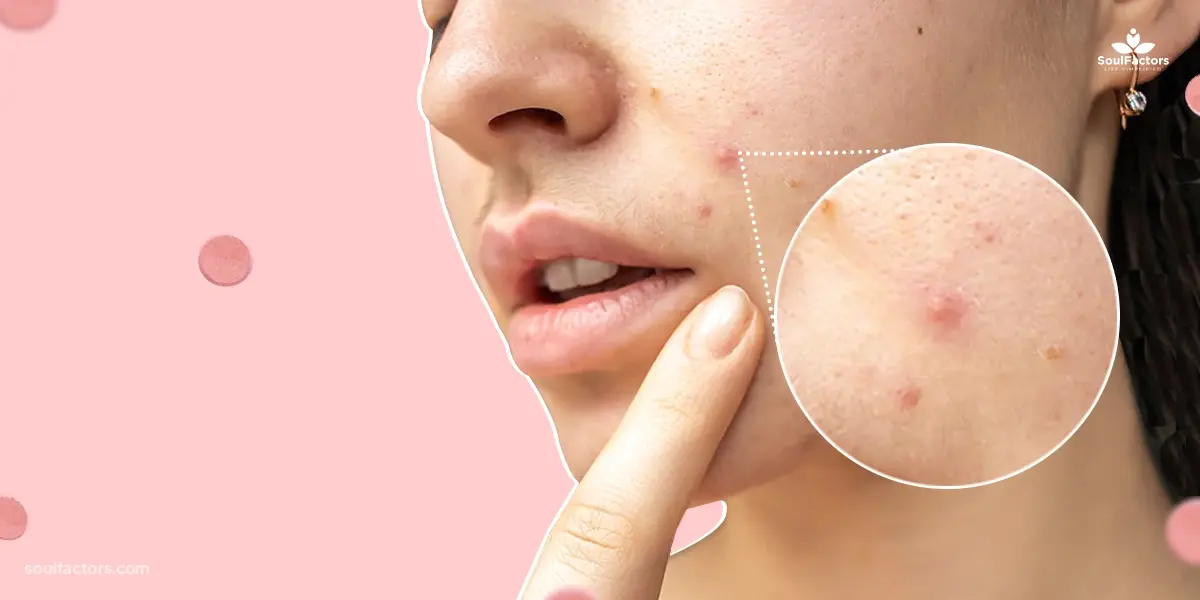
Write a Comment